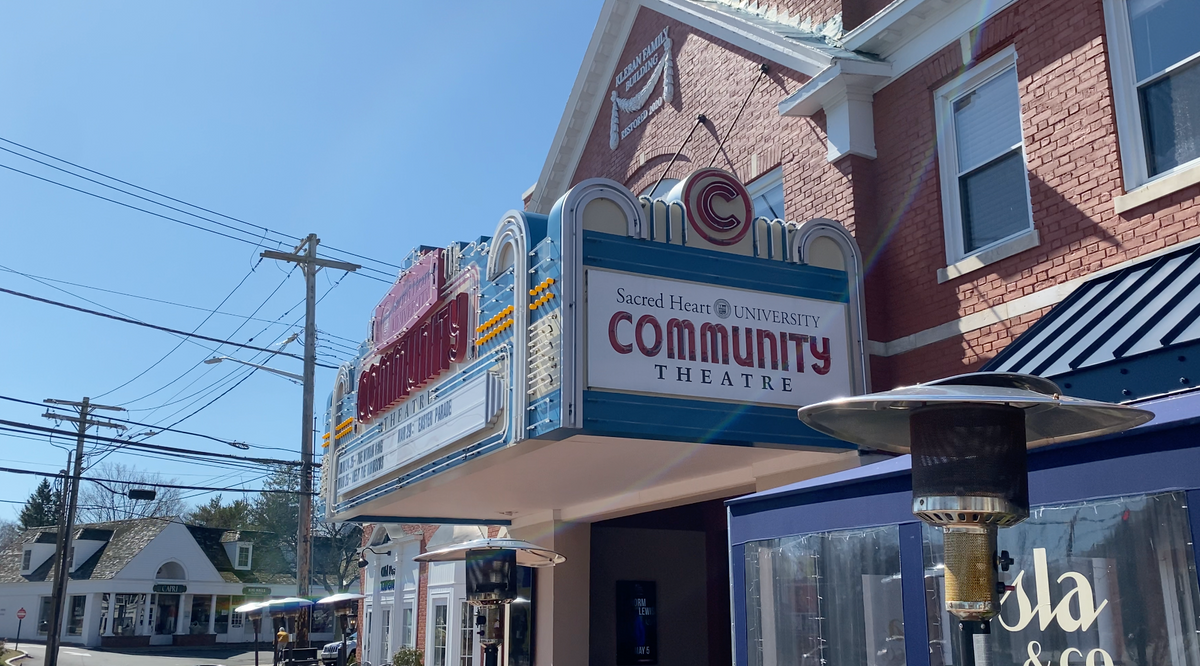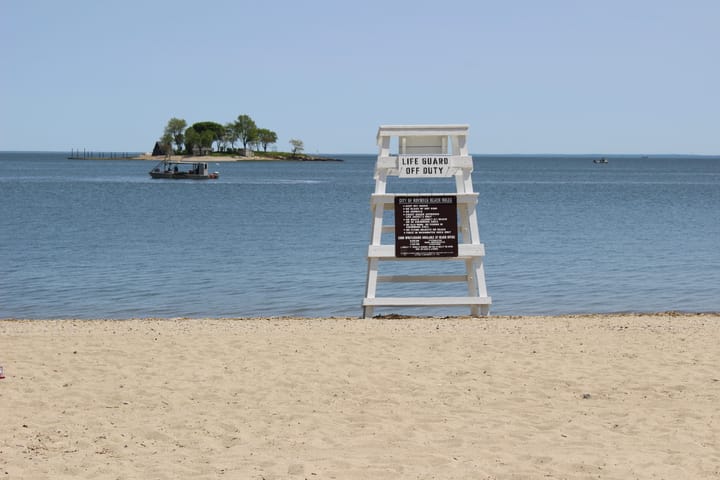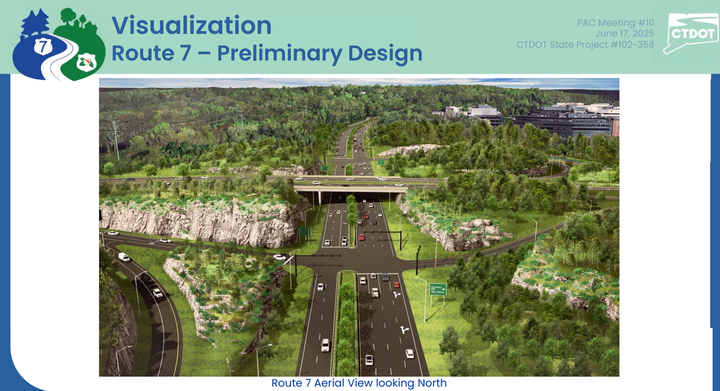Southwest Connecticut Finalizes Budgets for Upcoming Year
We followed up on southwest Connecticut communities' budgets now that they've all been approved.

Over the past month, local boards have been reviewing and voting on budgets for the upcoming year. We did a deep dive into communities’ proposed budgets earlier this year and many didn’t change dramatically throughout the process. Here’s a quick recap of what some of the changes were, particularly in Stamford and Norwalk, which had more discussion and updates to their budgets than other communities.
Stamford
Stamford approved a $646.9 million operating budget, alongside an $88.9 million capital budget.
This year was “not the year” for additional staff, members of the Board of Finance said as they reduced the mayor’s requested budget by about $7.5 million.
“This is a very difficult year to add a lot of new positions,” said board member Geoff Alswanger.
The Board of Representatives does not have the ability to add back any cuts from the Board of Finance, but can only make additional ones.
In order to prevent any more cuts, Mayor Caroline Simmons negotiated with the Board of Representatives Fiscal Committee to reduce the amount set aside for school construction funds from $20 million to $15 million and also reduced the benefits line by $300,000.
“It is my obligation to share the consequences that additional cuts would have on City services. The total cuts from the Board of Finance amounted to $7.57M and any additional cuts would negatively impact City services for residents,” Simmons wrote in a letter to the Board of Representatives.
What’s different in the approved budget vs. the proposed budget?
Many of the cuts were specific staff positions that the city had requested to add, including a new facilities maintenance manager, new building inspector, and new housing coordinator.
“We’re in the middle of a housing crisis and an inflation crisis so I thought cutting the housing program coordinator was not a good move,” said Megan Cotrell, clerk of the Board of Representatives. “I don't know how we’re going to solve that crisis.”
Representative Bianca Shinn also spoke out about the board’s decision to cut the housing coordinator position.
“In the city of Stamford, we’re facing a housing crisis,” Shinn said. "That cut to that budget from the Board of Finance sends a strong message in telling families who are hardworking and unable to live in a city that they don't matter.”
The Board of Finance also did not support increases to the budgets of outside agencies, something that Cotrell also spoke out against.
“The cuts to those agencies is only about $15,000 to each,” she said. “How much will that save me in my tax bill? A penny?”
There was also an overall general cut to the Board of Education’s budget by $1.25 million, although Board of Finance members said the BOE budget was about as low as it could go.
“I’m suggesting a cut of this size because the Board of Ed budget this year is about as low as it can get,” said Richard Freedman, chair of the Board of Finance. “They had no additions of staff and they’re going to have the fiscal cliff in next year’s budget and this is in part planning for that to happen next year.”
Check out our in-depth look into the proposed budget to learn more.
Norwalk
Norwalk approved a $423.7 million budget, of which about $379.6 million would be raised through local taxes with the remainder coming from other revenues, like state funding and department fees, such as building permits.
“This has been a very very difficult budget season because of inflation, because of the pandemic with people losing their jobs and some people losing their homes,” Mayor Harry Rilling said at the Board of Estimate and Taxation (BET) meeting on May 1 when the budget was approved. “It gets to a point with 8.5% inflation it becomes very difficult to justify raising taxes to an extreme degree when people are struggling.”
What’s different in the approved budget vs. the proposed budget?
The BET, working with the mayor and his administration, trimmed the amount that would be raised by local taxes from $383.8 million down to the approved $379.6 million. The city also benefited from an additional $3.5 million in revenue from the Norwalk Housing Authority, due to missed payment-in-lieu-of-taxes fees that the housing authority had been collecting, but not paying the city.
The largest portion of the city budget, $226.6 million, will be going to the school district. While that number is 4% more than the schools received last year, it’s well short of the 12.8% increase that the schools had asked for.
Rilling said that he’s been meeting with Superintendent Alexandra Estrella “on some creative ways to allow the school budget to be increased without affecting the mill rate” through some of the city’s remaining American Rescue Plan Act funds.
“I think it’s just great that everyone’s digging in and looking hard and the homework has paid off this year,” said BET member Jim Frayer.
Overall, the city’s tax levy will be about a 2% increase over last year’s approved budget.
Check out our in-depth look into the proposed budget to learn more.
Greenwich
Greenwich approved a $482.2 million operating and capital budget for 2023-24, of which about $405.7 million will be raised through local taxes.
What’s different in the approved budget vs. the proposed budget?
The Representative Town Meeting voted to remove $950,000 for design work for the Dorothy Hamill rink. That was their only change to the budget approved by the Board of Estimate and Taxation.
The biggest issue during this budget season focused on how much the town would be allocating for school construction projects. During its decision day votes on the town budget, the town’s Board of Estimate and Taxation voted—with a tie breaking vote from the chair—to reduce the allocation for the Central Middle School project to $67.5 million.
Officials said that the number is “placeholder” as they await final cost estimates from the building committee. The town hopes to submit an application to the state by June 30 for the school construction project to get a portion of it reimbursed by the state.
Check out our in-depth look into the proposed budget to learn more.
Fairfield
Fairfield approved a $356.8 million budget for the 2023-24 year, which was just a slight increase over what First Selectwoman Brenda Kupchick initially proposed.
“This budget continues efforts to reorganize the Town’s workforce to improve processes and modernize services for residents,” Kupchick wrote in a statement.
The budget adds a full-time social worker and social services coordinator to the town’s police and social services departments, as well as a new police officer.
“And, this budget effectively manages the many existing projects and pending infrastructure needs, so Fairfield remains attractive for generations to come,” she wrote.
The Board of Finance voted to add about $2 million to the initial proposed budget to account for some updated numbers on health care, insurance costs and other financial information. The budget was approved unanimously by the board. The Representative Town Meeting also voted to approve the budget unanimously, in what Kupchick called the RTM’s “shortest budget meeting in history.”
What’s different in the approved budget vs. the proposed budget?
The proposed budget that Kupchick laid out pretty much stayed intact as it moved through the boards, with some minor adjustments made by the Board of Selectmen and Board of Finance.
Check out our in-depth look into the proposed budget to learn more.
Darien
Darien approved a $155 million budget for the 2023-24 year, a 3.29% increase from the previous year. That’s the amount that the town will be raising through taxes. It also projects to bring in about $12.2 million from non-tax revenues, which include state grants and fees for items such as building permits, bringing the total overall budget up to about $165.5 million.
Of that, $114.5 million will go toward the Board of Education, $51 million will go toward the town, and $1.77 million will go toward capital expenses.
“The priority for the FY2024 budget is to maintain the current level of services provided to our taxpayers, as well as to address increased inspection requirements due to the development projects and increase demands on the police department,” a statement from the Board of Finance read.
What’s different in the approved budget vs. the proposed budget?
As the budget moved throughout the process, some slight adjustments were made to First Selectwoman Monica McNally’s proposed budget, particularly some increased projections for non-tax revenues. But the proposed budget and the items in it largely remained intact.
Check out our in-depth look into the proposed budget to learn more.
Westport
Westport approved a $232.3 million budget for 2023-24, of which about $144.3 million is for the Board of Education. The town side of the budget makes up about $81.3 million with an additional $6.7 million going toward outside agencies.
The biggest budget conversation in town surrounded the funding for the Westport Transit District. The Board of Finance voted to cut funding to the Westport Transit District for its door-to-door on-demand service for commuters called Wheels2U Westport.
The program is run by the Norwalk Transit District, which supplies the vehicles, drivers, and administrative support. It runs from 5:45 a.m. to 10 a.m. in the morning and 4 p.m. to 9:30 p.m. at night Monday through Friday. The Wheels2U service replaced commuter shuttles that would drive a specific route around the town, whereas now through an app, residents can call a shuttle on-demand and it picks them up. The service costs riders $2 and the rest of the cost is subsidized through state and local funding.
The Representative Town Meeting voted to restore $290,000 to the Westport Transit District to operate Wheels2U during its budget reconciliation process, but many members said that they wanted a task force convened and/or a study done to better understand transportation needs in Westport ahead of next year’s budget.
What’s different in the approved budget vs. the proposed budget?
The boards made some small adjustments to the initial proposed $233.5 million budget to bring the approved budget down to $232.3 million. Overall, the approved budget is more than 4% higher than last year’s budget.
Check out our in-depth look into the proposed budget to learn more.



